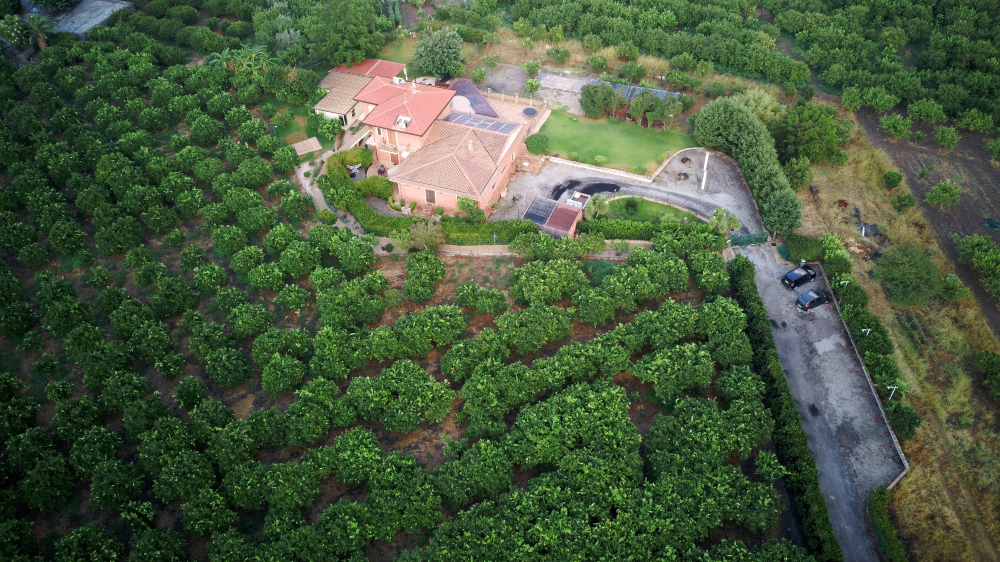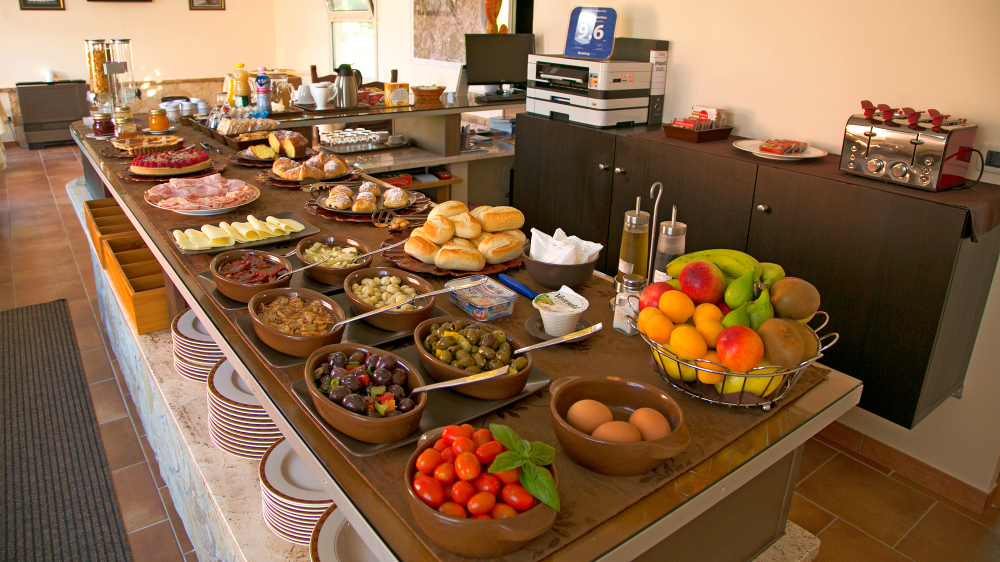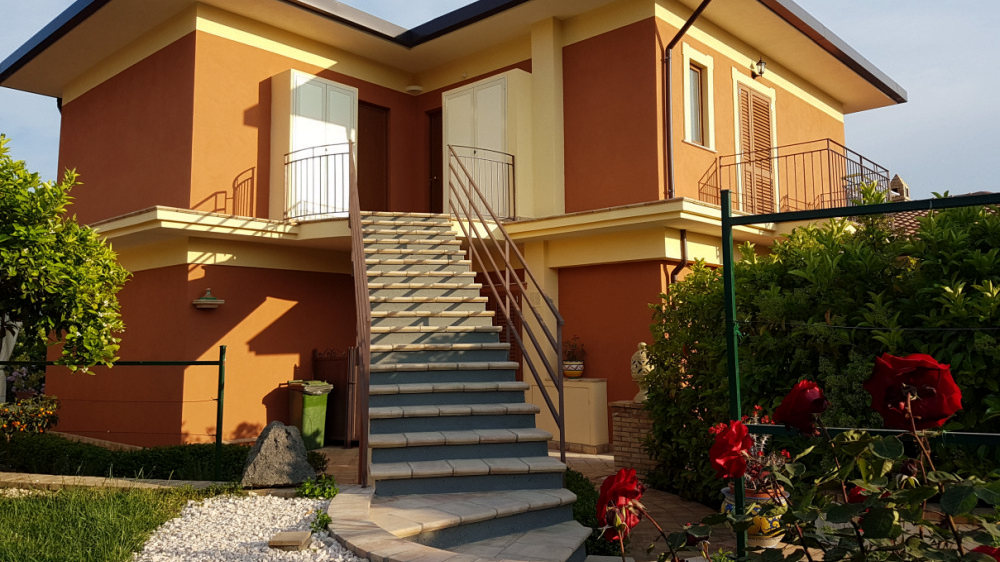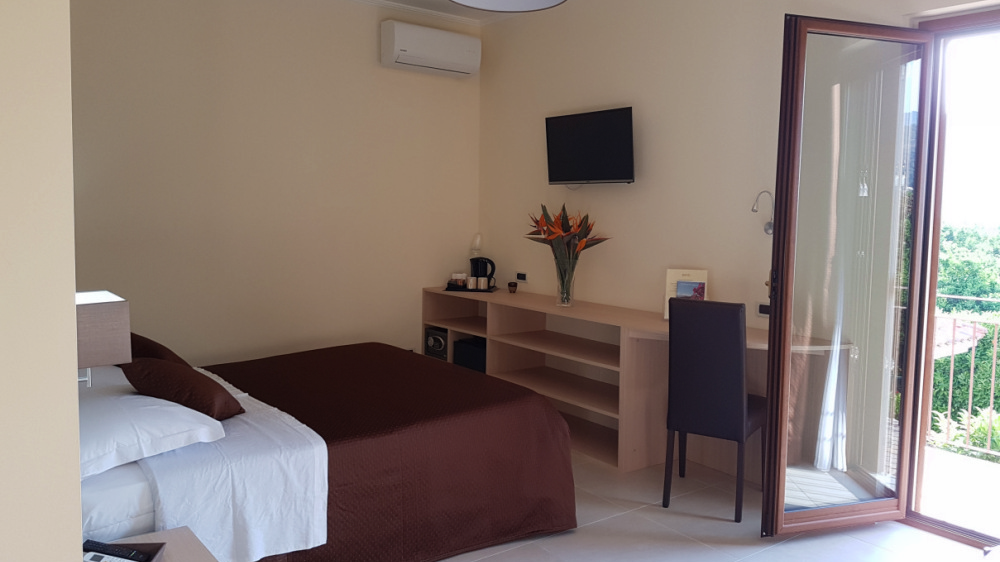The coast (Riviera) of the Cyclops means the stretch of coast where the town of Acitrezza rises, 25km from the b & b Villa Valentina. It is characterized by lava rocks and rocky outcrops in the sea fronting Acitrezza. Wanting to improperly expand the area, taking into consideration the morphological aspect constituted by rocks of volcanic origin, we can consider the stretch of coast that starts from Riposto and ends in Catania as the Riviera of the Cyclops. The term “dei Ciclopi” derives from the Odyssey of Homer which tells one of the episodes that occurred to Ulysses when he landed on the central eastern coast of Sicily. Here he came across Polyphemus, the Cyclops, son of Poseidon, who lived in one of the caves near the coast. Many scholars agree to place the place in Acitrezza where the faraglioni, or the rocky outcrops off the coast of the country, would represent the boulders that Polyphemus cast to Ulysses during his escape.
Geologically, most of the area where today the cone of the Etna volcano rises, which extends from Adrano to Giardini Naxos and which includes all the Etna and coastal towns, was a gulf where submarine volcanic eruptions occurred. Over millions of years the eruptive material deposited layer by layer creating the current outcrops present in the area of Acitrezza, Acicastello and neighboring areas. The subsequent raising of the seabed, due to the contact between the European and African plates, caused the eruptive vents to escape above the waters, thus starting the activities known as subaerials. These eruptive vents, scattered almost everywhere in a vast area, closed by channeling the magma more and more towards the part that today is represented by the central cone of Etna, which thus rose to the current 3000m. Today the testimony of these geological eras are present everywhere in the vast cone of Etna which covers, very roughly, an area of 1300 square Kms.
As mentioned before considering the coast from Riposto to Catania as the Riviera of the Cyclops, we can list, for our daily excursion, villages like Torre Archirafi, Pozzillo, Stazzo, Santa Tecla, Santa Maria la Scala, Capo Mulini, Acitrezza and Acicastello. All these villages have a common denominator, they are fishing villages built on the cliffs of lava rock around the small harbor where they placed the boats, sheltered from the storms, boats that were necessary for the sustenance of the same fishing populations. Small countries populated by hard men who, day after day, with the sun or with storms, faced the sea to bring home what they needed to feed their families. It is here that the great Sicilian writer Giovanni Verga set one of his novels, I Malavoglia. These villages still keep the ancient traditions alive and have become places of great tourist attraction precisely because of the natural beauties present in them.
Starting from the b & b we will follow the ss185 up to Giardini and then continue, on the ss114, towards Catania. At Fiumefreddo we will take the road that will lead us along the sea that leads up to Riposto. 6km long, here the beach is sandy and ideal for a relaxing day. Once in Riposto, the coast changes completely becoming lava rocks. Immediately after Riposto there is Torre Archirafi, a small village where the ancient part is the one close to the sea with its low and characteristic houses. Worth a stop and a quick look at the port and the seafront. Continuing for Catania we will meet Pozzillo, a small fishing village with a population of a thousand people. Also close to the cliffs of lava rock on which walkways have been formed in order to be able to enjoy the cool of the sea during the summer months. Its two-armed port is home to small fishing boats and pleasure boats. Attached to Pozzillo we find Stazzo which represents its continuation. Here the border between the two countries is a stretch of road whose sides we find houses overlooking the cliff. Stazzo has two small ports and a square between them and the rest are new houses built for the holidays. We leave the village and continue along a stretch of road to reach Santa Tecla. The first rural settlements in this area date back to the 13th century, although little remains of this. Arriving at the port we will immediately notice a small tower placed on the cliff, a symbol of good luck for the fishermen who ventured into the sea. In the square of the port there is a building entirely built with lava stone bricks and a massive portal. From here on, the road leading to Catania begins to climb towards the cliff of Acireale. Along the way there will be panoramic viewpoints both on the Messina side and on the Catania side. Ideal points for taking pictures. To get to Santa Maria la Scala we will have to take a road that will allow us to descend again on the coast. Here we will find the country crushed between the sea and the cliff of lava rock behind. The town is more complex and retains many of its oldest houses. From the harbor you can admire the cliff above the village. In addition to the port, along the coast there is a promenade used for walking and relaxing in front of the sea. At the end there is a large square overlooking the rocks. This is used as a sort of beach. We leave the village at a time of Capo Mulini known to all of us as the country where you can eat good fish in restaurants located on the harbor. Here they have used their tradition as a reminder for locals or tourists who love Sicilian cuisine. Sitting in restaurants is like looking out of a window overlooking the harbor. After Capo Mulini we will meet Acitrezza, the largest of the places seen before. It fully represents the Ciclopi Riviera with its large port, its faraglioni, the seafront and the island in front of it. Also here as Capo Mulini it is renowned for its fish-based cuisine. Parking at the port and strolling along the promenade is a must. After the long pause, the last town is Acicastello so named because of the presence of a fortification on the rock that dominates the entire gulf. The town is large but what interests us is the seafront, the panoramic square and the visit to the castle. What remains to be done? Or continue to get to Catania to park and take a ride on Via Etnea or go up the streets of Catania to reach the motorway exit and return to the base.









